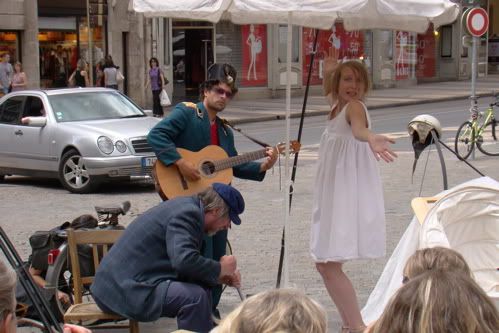 Street Theater, Place Francois Rude - Dijon
Street Theater, Place Francois Rude - Dijon
I’ve been home a little over a month. I’ve been sick with jet lag and a bad cold. I’ve had a cavity filled, then a root canal. I’ve been to Little Rock and back, Indianapolis and back, Atlanta and back, and Nashville and back. I took the dogs for a long-overdue grooming and went to a neighborhood meeting on rat control (yes, even in the best neighborhoods). I sent my daughter off for another year of college and fixed the brakes on my car. I’ve cleaned out my closet and dealt with the same house insurance issue I thought I had resolved before we left for France. I even set up a
Facebook page.
Somewhere in the distant haze of memory, however, I remember sitting at a café watching French life roll by in front of me at a leisurely pace. While over there I missed my bed. I missed Mexican food and spacious, clean public toilets. I missed
The Daily Show with Jon Stewart. I missed my dogs. But the thing that I long for now that I’m home is the café life over there. It defines the culture. It is not just something the French do -- it’s an essential feature of their being.
America is currently overrun with coffee shops and cafés where the under (or over)-caffeinated stake out a claim for an afternoon or an entire day. They order a cup of something dark and the size of a thermos bottle, flip on their computers, and disappear into the Ethernet. They take the concept “internet café” literally. The Wall Street journal
reported that some café owners are, pushing back, trying to change what Americans have started to treat as a Constitutional right – “life, liberty, and the pursuit of free wi-fi with my latte” – because they are losing money. Within a mile of my home I can identify almost a dozen coffee shops or cafés, places where people are inclined to set up their nomadic office and stay for awhile, sipping expensive coffees or refilling their cups with hot water and re-dipping their tea bags until all they get is weak, flavored hot water. But they have no idea what real café life is like.
In Dijon The only place I saw that combined food and wi-fi was the McDo’s (McDonald’s), hot spot for the young French and a magnet for 18-20-year old American males passing through this town for whatever reasons. “Internet cafés” were small storefronts where I made copies or downloaded and printed directions, never any place I wanted to linger. At true French cafés, however people sit; they do not work. They use it as a respite from the busy-ness of life rather than bring it with them.
I loved my mornings at a certain
salon de thé at Place François Rude, especially on market day. As cafés go in Dijon, it’s a large one. It can seat almost a hundred people inside at its round café tables. But usually that part was empty because the action is outside except in the coldest season. The tables crowd each other, with barely six inches between them, so as many patrons as possible fit under the awnings and scattered umbrellas placed to protect them from the sun (or in the case of the summer of ’09, the rain). While the inside remains empty, the outside tables are packed by 10 a.m. with locals after a morning of shopping for the day’s bread and vegetables at the market in Les Halles. Tourists (cameras and passport wallets draped around their necks) grab a seat to consult their guidebooks and get their bearings before heading off for another museum. I slide in behind a table not yet cleared by the harried-but-efficient waitress. I order what is a pure delight, a cause to leave your bed in the morning and face the world. It’s a simple order of
thé vert (green tea), but the care with which it arrives entices me to savor it until time to move on for lunch.
The waitress soon delivers a small white glazed teapot of steaming water. The teabag steeps in it, but it is no ordinary bag. It is not a paper envelope of loose tea with a string hanging limply over the edge. No, it’s a linen coat sewed around the crumbled tea leaves with a linen tail draped elegantly over the side of the pot. As my effusion reaches its peek, I disassemble the rest of my service. The simple ceramic teacup on a saucer will hold about 4 ounces of tea at a time while the rest remains warming in the pot. Nestled on the saucer are the two colorful and obligatory paper tubes of brown sugar they give because the French take their tea a little sweeter. On top of the empty cup sits a matching teabag holder – a shallow ceramic dish with a handle for resting either teabag or the daintiest of teaspoons. On top of that rests the reason for my joy – a small piece of
gâteau (cake). It’s not a large offering, no more than 2 x 2. It is as golden as the
tournesol flowers displayed on the florist’s sidewalk stand across the pedestrian passageway and tastes of butter and an infusion of lemon, with a lightness a step above American pound cake. But best of all, it arrives unbidden. It is there because one should have cake with tea. At other places they might offer a ginger cookie or two but the idea of this lemon cake is enough to make me want to plan a return trip to Dijon, to sit and savor, sipping a bit of tea then breaking off a crumb of my gateau while I watch the world pass in front of me and try to make everything in the scene last as long as I possibly can.
For in France that is what café life is about. I have no desire to pack up my computer and take my work with me when I go to one. French cafés invite engagement with the world. There is nothing on the internet more entertaining than a French street on market day. My senses overflow. The neighborhood
boucheries have started to turn the rotisseries that will cook the succulent chickens for Dijonaisse dinners that night. The aroma of my café’s fresh ground coffee taints my sips of tea. Vendors’ stalls decorate the scene with rainbow racks of dresses, skirts, tablecloths, t-shirts, sacs and purses of all sizes and colors. Locals stroll by with their ubiquitous French dogs, stopping for a small repast at the café or chatting with a friend or browsing through the stalls. Others glide quickly in and out of the crowd on their way to work or appointments. Sidewalk buskers take up a position at a nearby
carrefour (pedestrian crossroad) and start their performance, sometimes a folk guitarist treating us to some musical satire, sometimes it’s a jazz set, sometimes a lone cellist playing Bach concertos, or occasionally some street theater. As it gets closer to lunchtime, the tinkling music of the traditional European carrousel joins the sounds of the streets as the carved horses and swans dance in anticipation of their young riders starting to arrive with their parents. The sound of life swirls around.
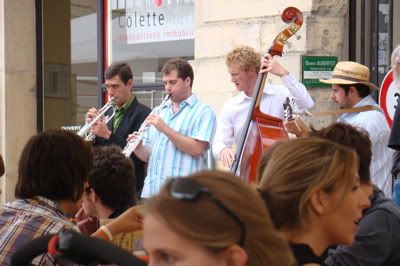
Like the French, I sit there and watch, perfectly content to do nothing for the time being, or I read, or I make notes, my own market bag bursting with bouquets and vegetables. Occasionally a tourist, taking me for a local, might ask me for directions. One overcast morning a café regular pulled my table in closer to his so that I would have full cover under the awning as the rain began to spit. Then before he left he graciously gifted me with the bit of dark chocolate that had accompanied his espresso. I enhanced international relations among dog lovers by asking those sitting near me if I could take photos of their dogs resting under the tables. Some street vendors who inhabited this location on market day knew me as an American from the times I stopped to browse and buy at their stalls. They would call me out of my seat occasionally to help translate for an English-speaking customer as they tried to close a sale. My limited French could help supplement their limited English as the three of us did our bit to improve the global economy. I was happy to oblige.
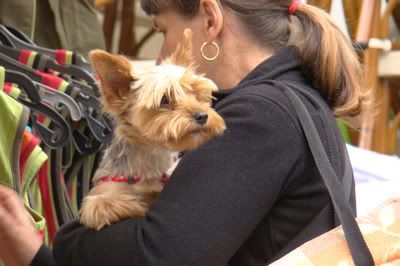
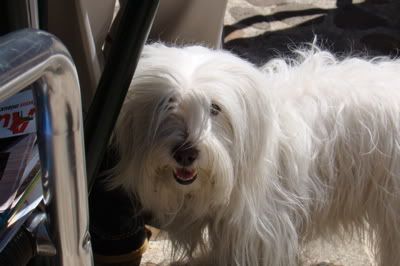
And so on returning home I find it difficult to get into American café life. Yes, Barnes and Noble offers free wi-fi, but what’s there to see at that location but my computer screen? Do I want to sit in the new coffee shop inside my grocery story and listen to the banging of grocery carts parked ten feet away and “Wet cleanup in aisle seven” announcements all morning? The
Kaldi’s coffee shop in my neighborhood welcomes dogs and is extremely busy in the early hours as parents drop off their kids at the neighborhood school and then catch up with friends at the sidewalk tables. But by ten o’clock in the morning, after the hustle and bustle, although the shop is full of customers staring at laptop monitors there is not much life, just an occasional dog walker or neighborhood mom with a baby stroller. I’m awash in a sea of cafés here, yet none of them call out to me. With no street life, with all customers burying their heads in computers, with no offering of free
gâteau, I retreat to my desk in my home to write, looking out on the sidewalk that is my neighbors’ main route to Kaldi’s. I watch the seasons change. I wave to dog-walking neighbors who might look up from their cell phone call and see me in the window. And I await a return to my Dijon café and long for the world to stroll past at the pace of French life.
Share your thoughts here
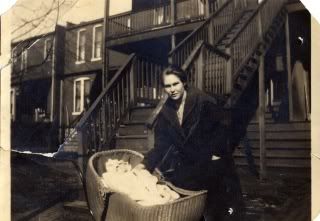
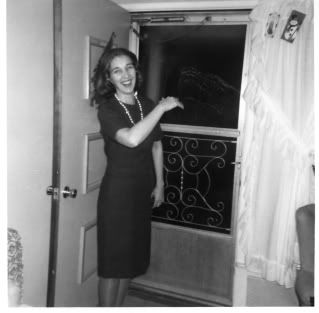

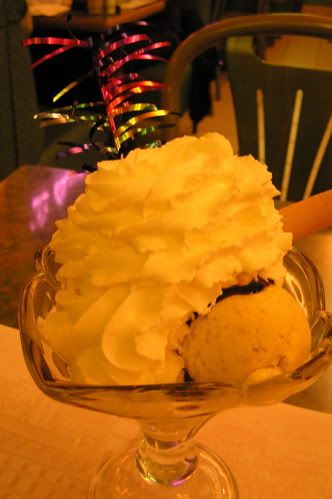
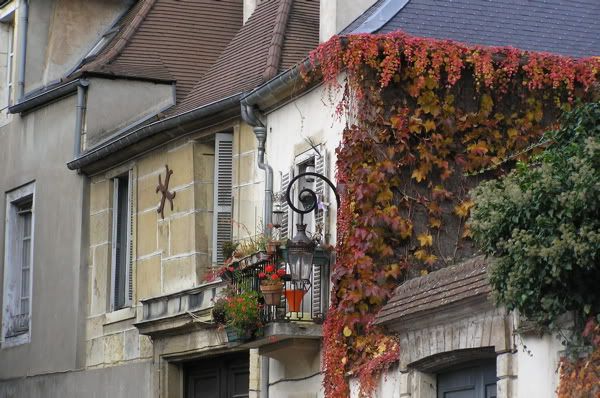
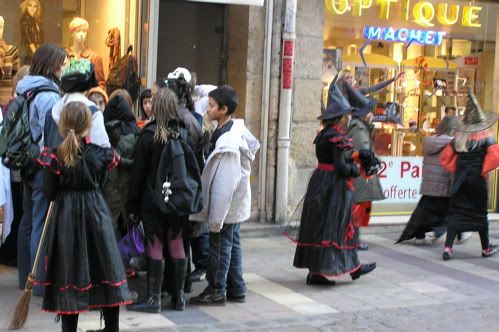





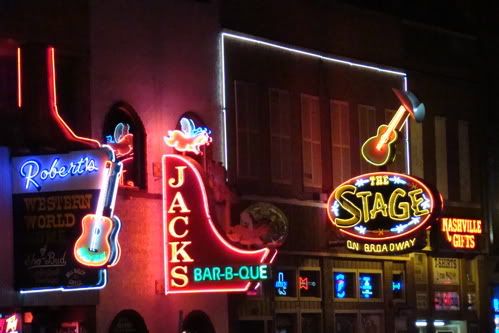
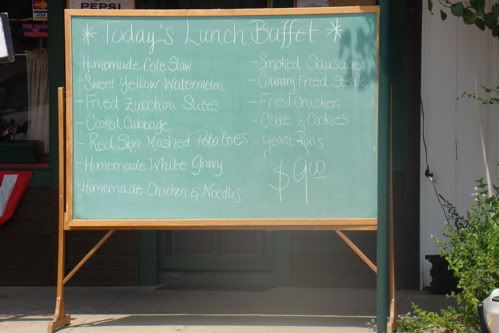




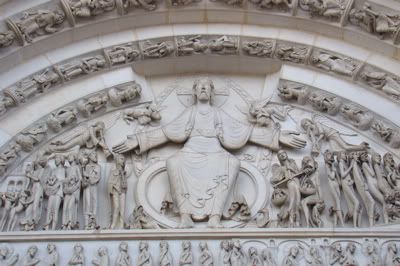


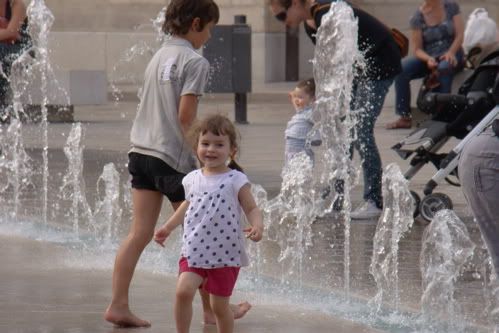
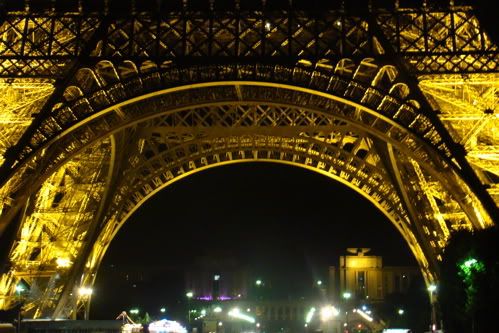
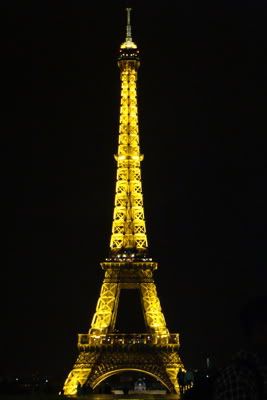


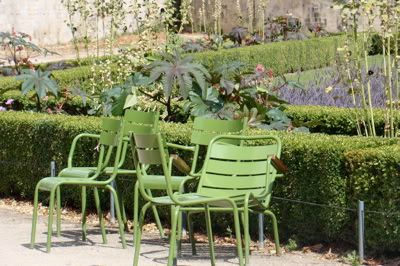
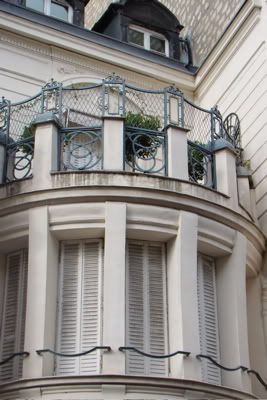
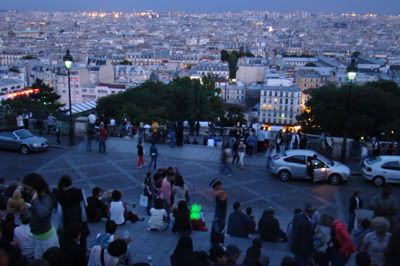
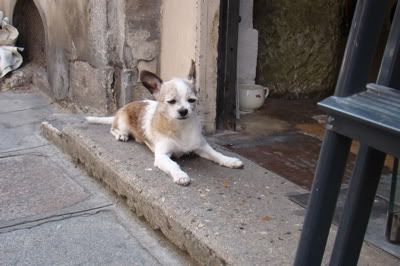
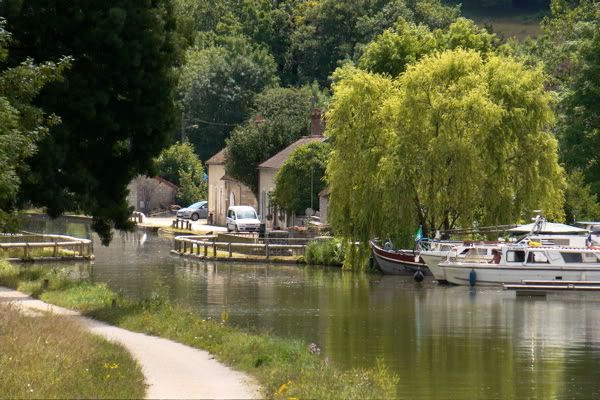

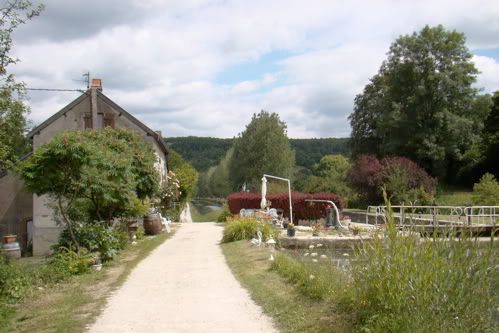
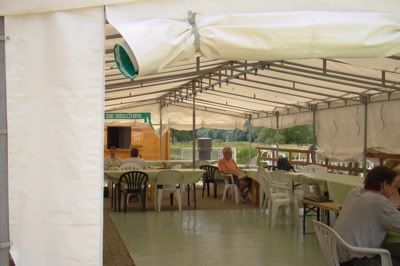
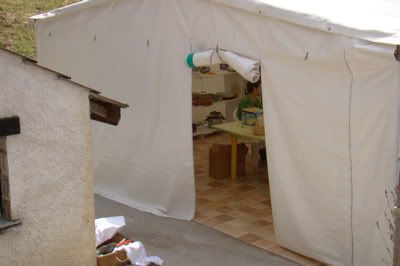

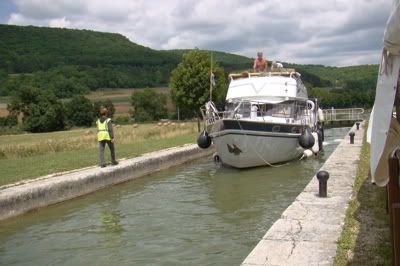

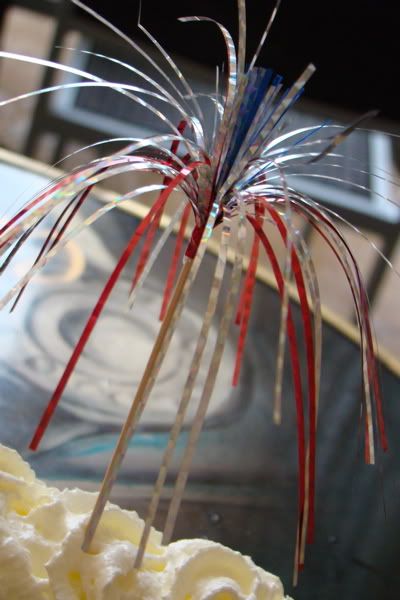
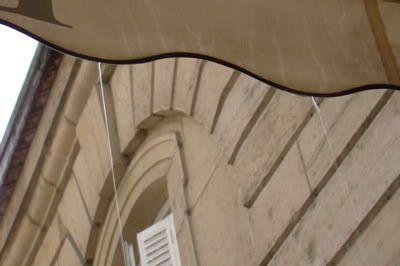
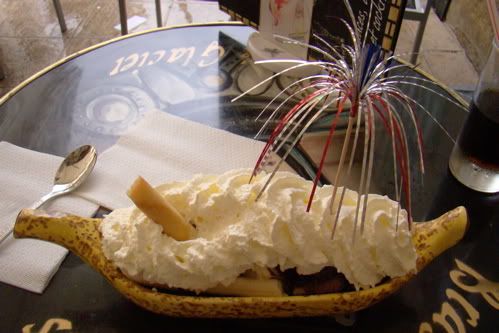
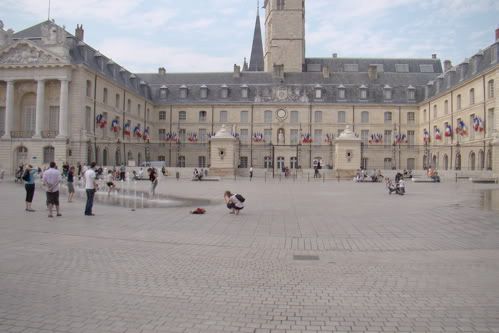
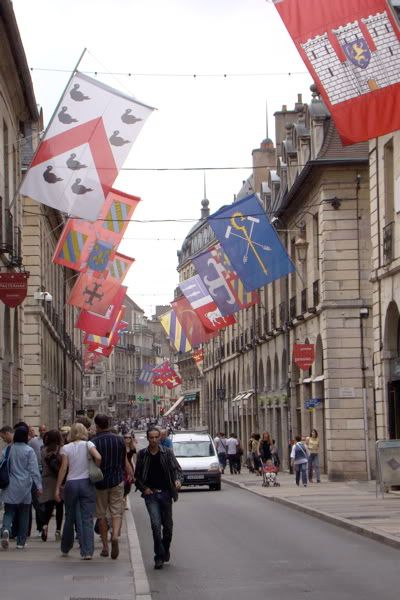
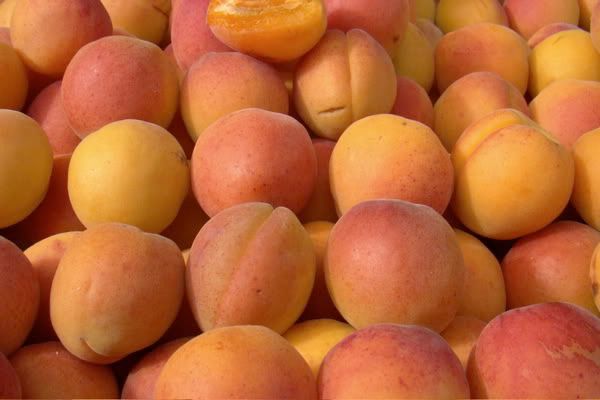
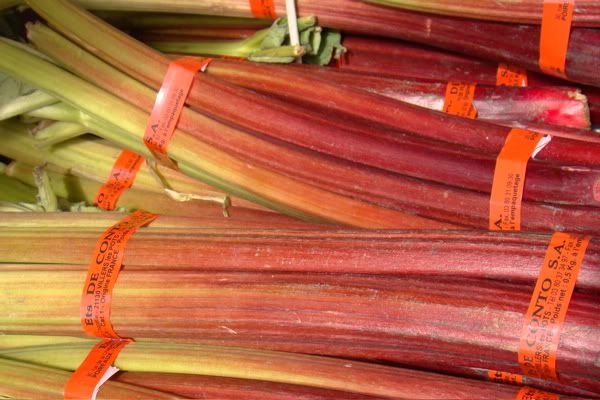
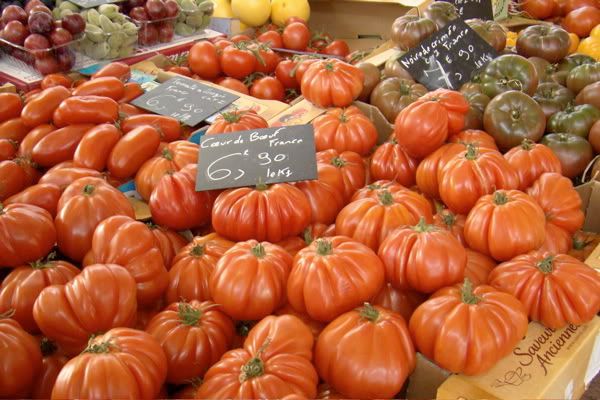
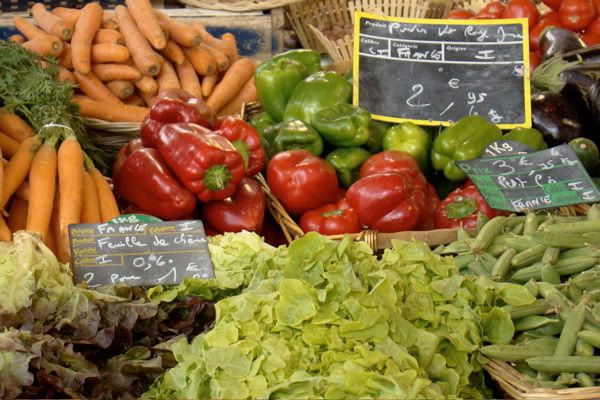



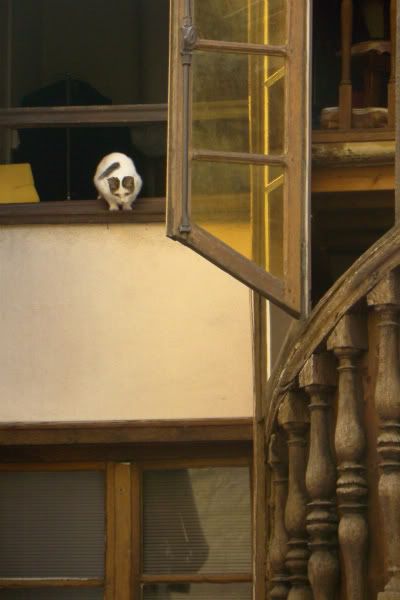

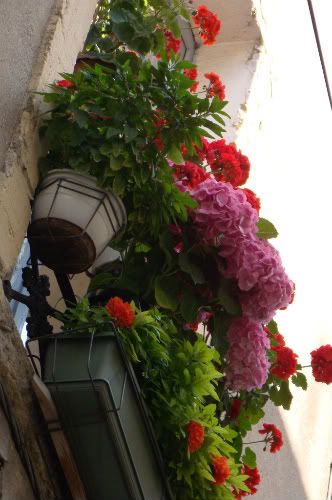
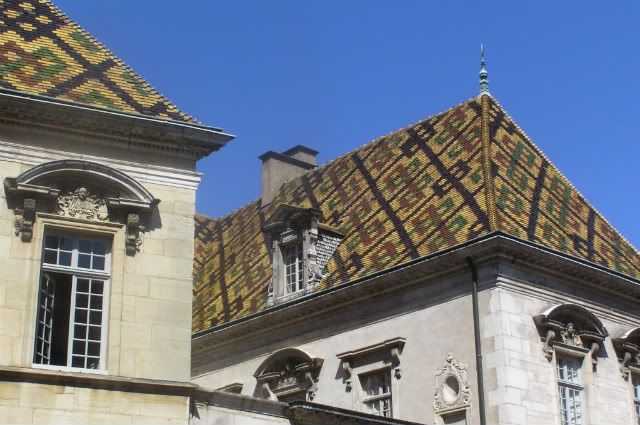
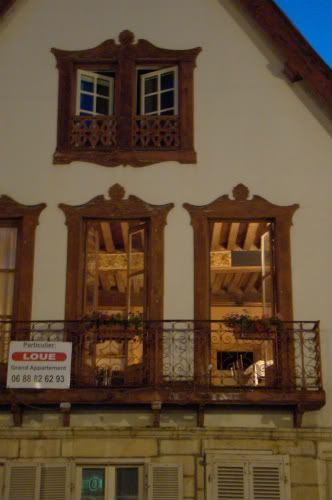
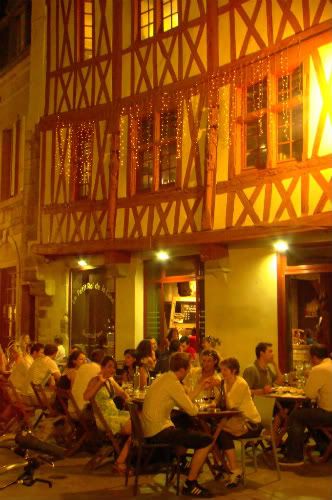
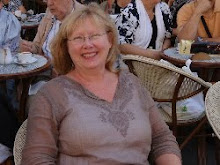



![Grace [Eventually]: Thoughts on Faith](http://photo.goodreads.com/books/1166504427s/12542.jpg)








